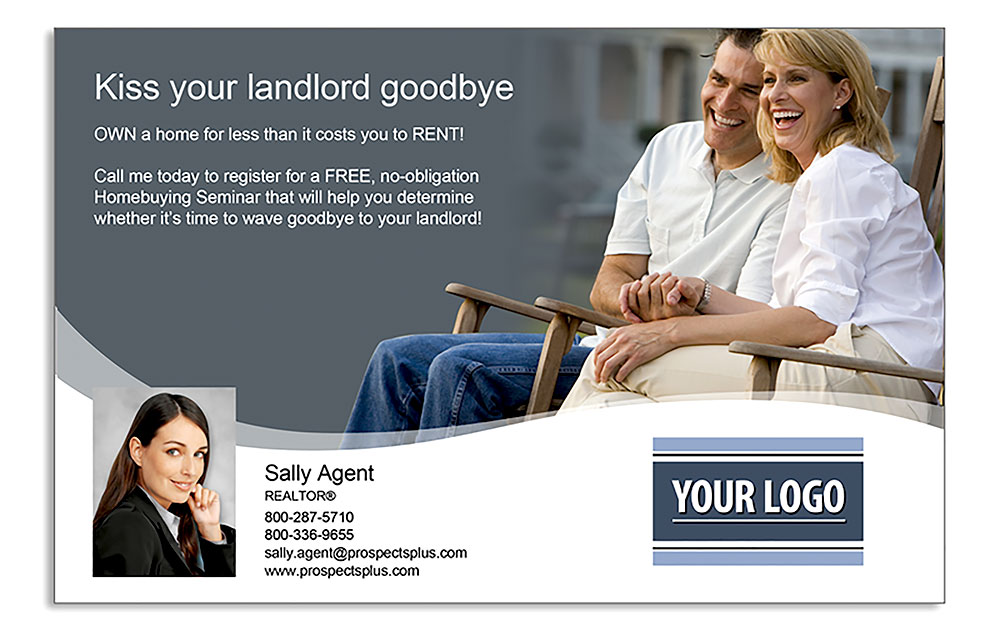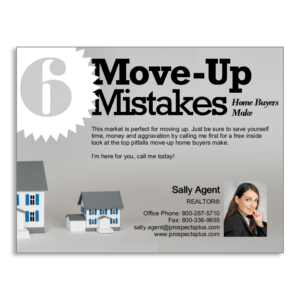Dean Jackson takes your game up another notch by disclosing the steps to becoming a “Market-Maker”. Learn how to differentiate yourself, become the wise insider, and disrupt your market. Dean Jackson is the founder of GoGoAgent and Listing Agent Lifestyle.
Reverse your thinking
On a fundamental level, the real estate business consists of finding one person who wants to buy a home and finding one person who wants to sell a home and matching those people up.
Most agents begin focusing on finding a buyer after they get a new listing. In fact, often agents are only focused on getting listings because their belief is they need these listings to be able to find buyers.
But what if you reversed this thinking? What if instead of matching buyers and sellers, listing by listing, you become a Market-Maker who’s truly controlling your market?
Bring what the seller REALLY wants
How powerful would it be to show up at a competitive listing appointment with a buyer who already wants to buy the house or a list of people who are interested in a house like their home?
There is nothing more powerful than this position because you’ve got the very thing that the seller wants more than anything.
Even if you brought this buyer to an appointment where the seller was thinking of listing with their mother, if all they had to do was sign with you and their house was sold, mom would be out.
Yeap, they would sell their mother out in a second because self-interest always wins, and their self-interest is to find a buyer.
That’s an extreme example but I guarantee you if you line up the four best listing presentations in your marketplace to compete against and you arrive with a buyer who says, “How much would you like for the house?” and “I’ll take it,” nobody’s getting that listing but you.
When you see listing appointments from this perspective, it makes the most sense to focus on already having buyers whenever possible. It will always give you an advantage on the listings.
A case study
As an internal case study, I spent some time running my “Getting Listings Program” with the intent of find lakefront home sellers in Winter Haven (where I live). At the same time, I marketed home and land ads for buyers looking for lakefront homes.
It wasn’t too long before I received responses from interested parties.
One of those responses was a phone call from someone who’d seen my marketing about the “new lakefront homes that were coming onto the market”. He told me he sold his house in Stuart and was looking for a lakefront home in Winter Haven.
Then literally within an hour of getting that call, I received an email from a home seller on Lake Ruby. She stated, “I’ve been getting your marketing pieces for the last few months and we’re ready to sell our house.” This house actually was a perfect fit for my buyer from Stuart. It was such a perfect coincidence I couldn’t have scripted it better.
Become the insider
The results of my case study really solidified my understanding that the very best thing you can have in a competitive listing arena is a buyer or access to buyers. While everyone else is talking to sellers about, “Once I list your house we’re going to do this and this, and this to find a buyer”, you are going to set your self apart.
Your talk track will be, “I started looking for the buyer for your house 180 days ago by doing this, and this, and this, and right now I have a pool of these buyers who are looking for homes just like yours”.
To be able to match buyers and sellers up in this way, triangulating them, that’s where true “Market-Making” lies. Now, you’ve got insider information and access to people who are thinking about buying a home, and you’ve got insider information on people who are thinking about selling their home.
All that is left is to match these people up. And that’s where you’re adding value and differentiating yourself because no one else will be attacking a market in this innovative and far-reaching way.
To learn more about the other incredible tools and resources Dean has available for agents go to GoGoAgent.com and ListingAgentLifestyle.com.
Start collecting your pool of buyers now by sending the When Moving Makes Sense postcard from the Move-Up Market Series to at least 100 prospective buyers.
Need help targeting the perfect niche of buyers or sellers? Use our mailing list tool to create the ideal list or call our support team for assistance at 866.405.3638!
PLUS: When you have time…here are 3 free ways we can help you CRUSH IT in 2018!
1. The Free 2018 Real Estate Business Plan.
Treat your business like a business it is vital to long-term success in this industry. Some agents may put together elaborate business plans, yet there’s something powerful about keeping it simple. Check out our one page Online Real Estate Business Plan – Click Here
2. The Free Online ROI Calculator.
Consistency and automation are the keys to success. Discover how effective direct mail marketing can dramatically increase your bottom line. Enter your statistics in our Free online ROI Calculator and click the ‘CALCULATE MY ROI’ button to see your results instantly! – Click Here
3. The 12 Month Done-For-You Strategic Marketing Plan.
The Real Estate Marketing Planner is a powerful 12-Month-Guide that strategically defines what marketing to do when. Four key market segments are included, Niche Marketing, Listing Inventory, Geographic Farming, and Sphere of Influence – Click Here – Click Here
Also…check out these cool tools 🙂
Three Click Postcards – Just snap a home photo & create a postcard all from your mobile phone
MLSmailings.com – Automated Just Listed, Just Sold Postcards
Market Dominator System – Become a neighborhood brand
Want to Refer a friend or colleague? Refer them Here. THEY get a Free $25 Gift Card and YOU become their hero!










